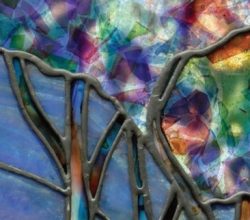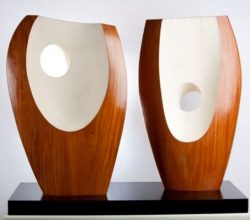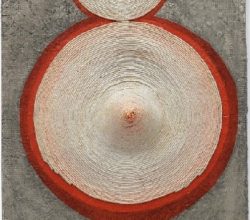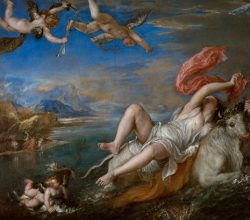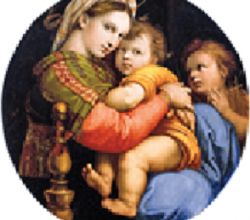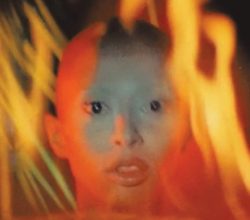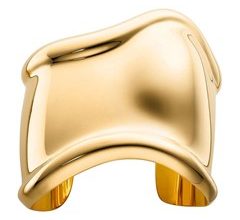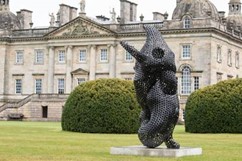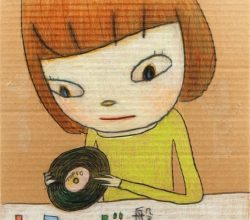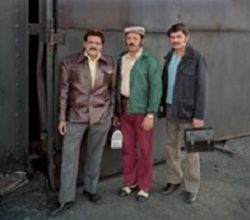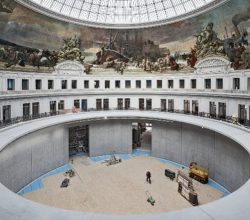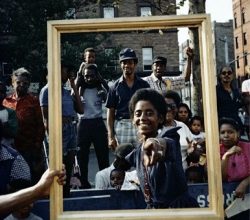
More than four decades into her trailblazing career, Lorraine O’Grady finally has the world’s attention
Jillian Steinhauer | Vulture | 2nd March 2021
O’Grady must be quite a talent – trained in economics, then a writer, photographer and a conceptual artist. At 86, after a career as a “gate crasher”, an outsider, she is getting a first retrospective. It shows a career expressing an “unshakable sense of self”. Her fascination with performance and with binaries – male/female, black/white, insider/outsider – have allowed her to “find out who I was and to make it clear to everyone else what that meant.”

